1. The Rotor
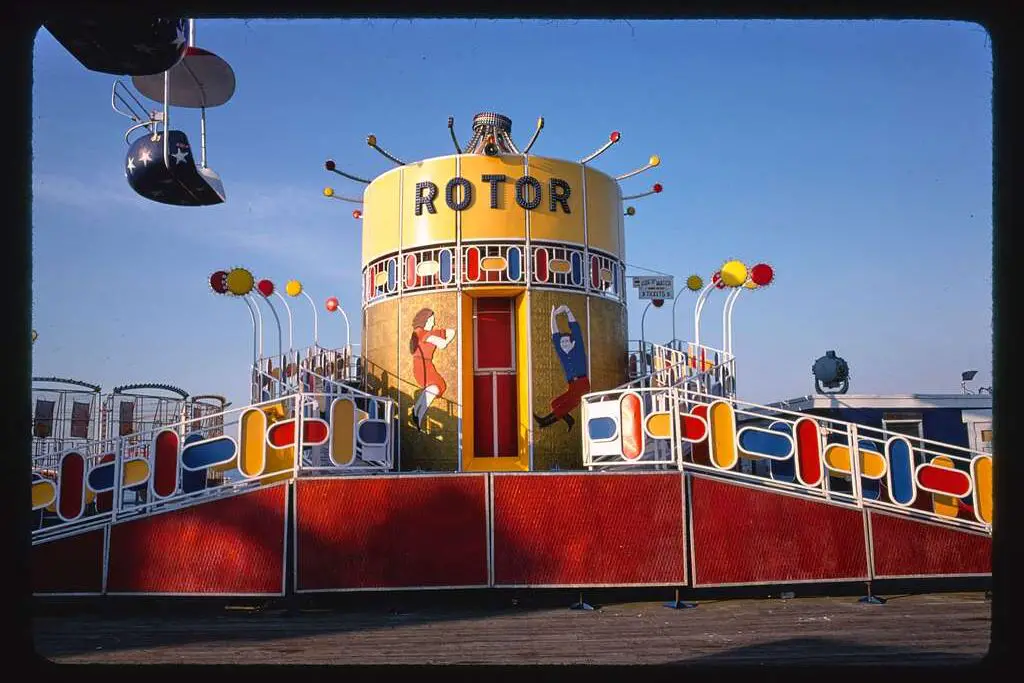
The Rotor was basically a giant spinning drum that pinned riders to the wall with centrifugal force. Once the ride reached full speed, the floor would drop away, leaving people stuck to the sides while laughing, screaming, or occasionally regretting their life choices. It seemed futuristic at the time, but in reality, it was just kids and adults plastered to a sweaty, spinning wall. There were no harnesses or seat belts, just physics keeping you in place.
Today, safety inspectors would shut it down in a heartbeat. Between the risk of head injuries, nausea, and the occasional person sliding down at the wrong moment, it was an accident waiting to happen. Add in the fact that vomit had no place to go except back onto riders, and it’s clear why modern fairs don’t want anything to do with it. Fun? Sure. Safe? Not even close.
2. The Human Cannonball

Few things scream danger like climbing into a giant cannon, being stuffed inside like a cartoon character, and then being launched across a fairground. The Human Cannonball was a showstopper for decades, drawing huge crowds who held their breath until the performer landed in a net. But no matter how exciting it looked, it was inherently one of the riskiest stunts ever put on at a fair.
Miss the net by even a foot, and the consequences were tragic. In today’s world of strict liability and insurance nightmares, no organizer would dare allow this act on the grounds. Spectators might still love the idea, but regulators would see nothing but lawsuits. As thrilling as it was, it’s best left to the history books.
3. Freak Shows
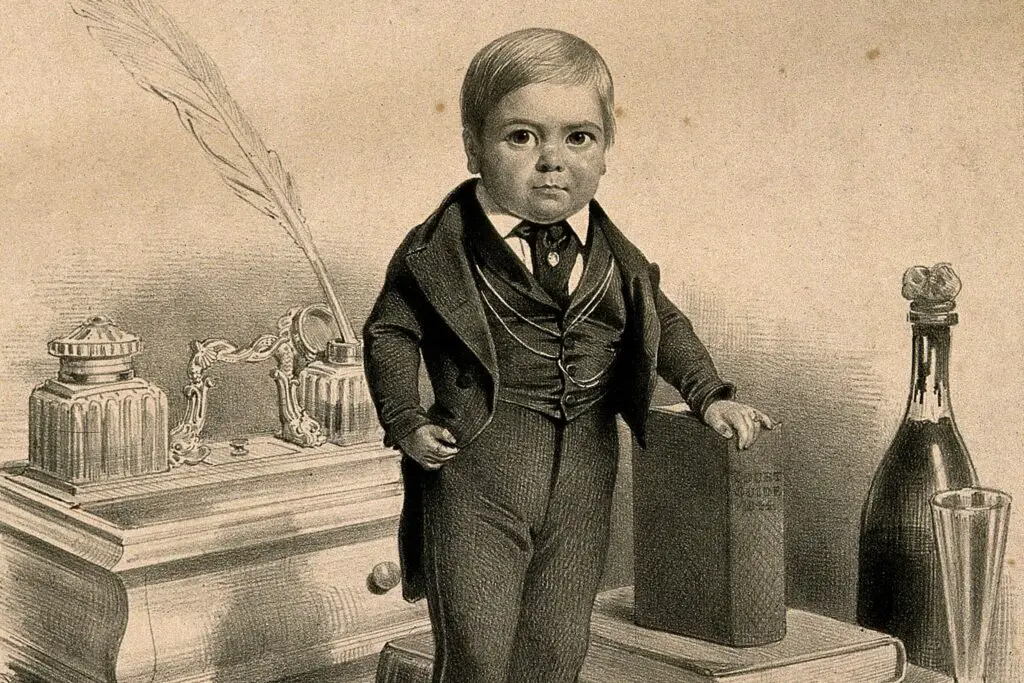
For much of the 19th and early 20th centuries, “freak shows” were staples of the fairground, where people with physical differences were put on display. Audiences would line up to gawk at “bearded ladies,” “giants,” and “living skeletons.” At the time, these exhibits were marketed as both entertainment and education, but in reality, they exploited vulnerable people for profit.
Today, the concept is unthinkable. Not only would such an attraction face immediate backlash, but it also clashes with modern values of respect and dignity. While some performers saw the shows as steady employment, the imbalance of power and constant ridicule made them deeply problematic. No health or safety inspector would even need to step in—public opinion alone would shut this down instantly.
4. Shooting Galleries with Real Guns
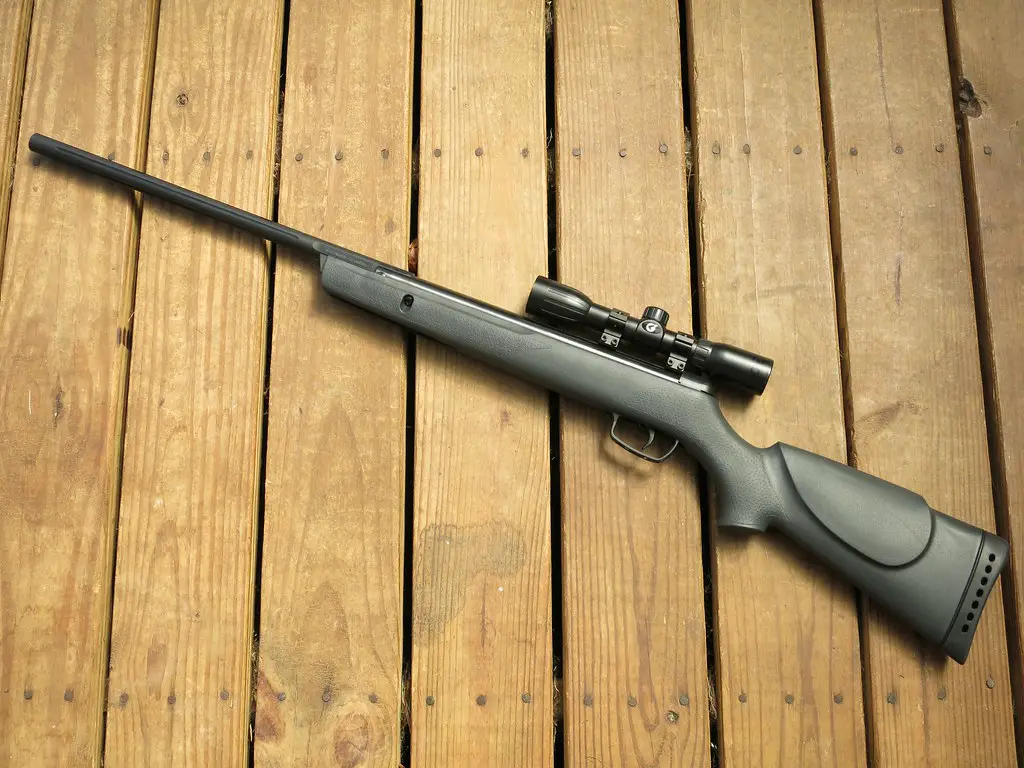
In the early days, some fairground shooting galleries actually used live ammunition. Guests would pay for a chance to fire real bullets at moving targets, sometimes in close quarters with other visitors. The idea was to test one’s aim, but it created a chaotic environment where gun safety wasn’t exactly a priority.
Modern fairs wouldn’t even let this get past the planning stage. Between the obvious dangers of stray bullets and the complete lack of protective barriers, it’s shocking these ever existed. Today, we have safe alternatives like laser rifles and air-powered pellet guns, which remove the lethal risk. Still, it’s chilling to think how casual gun use once was in a carnival setting.
5. The Swing Carousel Without Safety Restraints
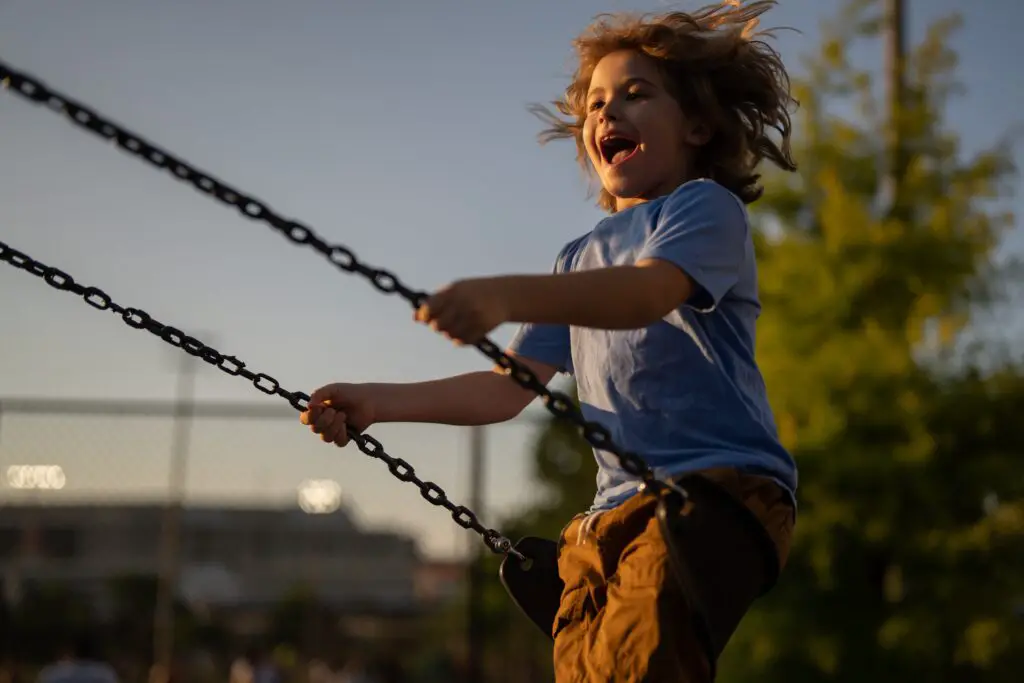
Swing carousels are still around, but modern versions come with sturdy harnesses, seatbelts, and height requirements. Back in the day, though, you might have been strapped into a flimsy chair with nothing but a chain between you and the sky. As the ride spun faster, the swings would fan out, sometimes tipping dangerously close to structures or trees.
It wasn’t uncommon for kids to slide halfway out of the seat, clutching the edges for dear life. Today’s inspectors would demand better restraints and strict perimeter clearances, but back then, it was just part of the thrill. Watching those swings soar may have been fun, but the lack of safety features would get it shut down before the first spin.
6. The Diving Horses
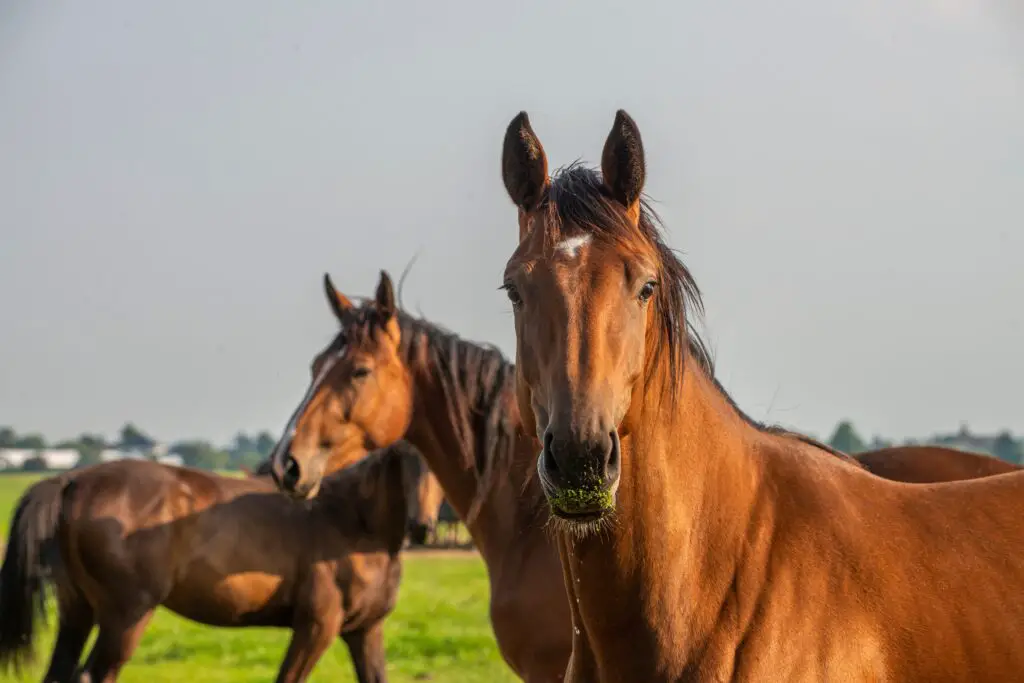
One of the most shocking fairground acts involved live horses being forced to dive off platforms into pools of water. The animals were made to leap from heights of 40 feet or more, often with riders on their backs. It drew massive crowds who were both amazed and horrified by the spectacle.
Animal rights groups eventually had the practice banned, and for good reason. The risk of injury to both horse and rider was enormous, and the sheer stress it placed on the animals was cruel. In today’s world, the show wouldn’t make it past the first permit application. What once seemed like daring entertainment now reads as animal abuse.
7. The Wall of Death
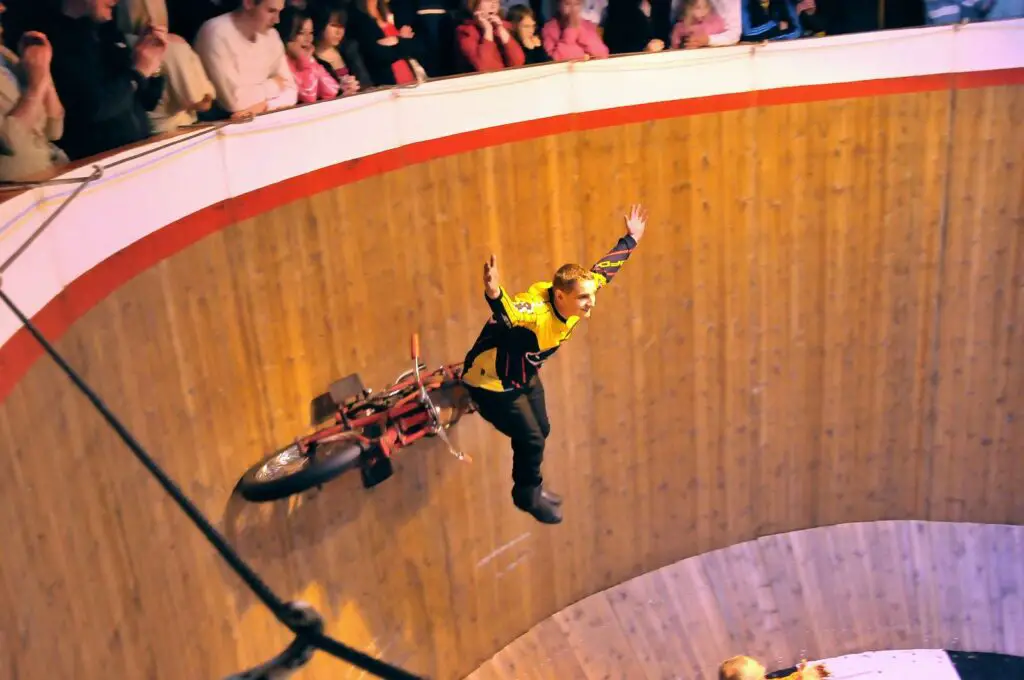
The Wall of Death was a daredevil motorcycle act where riders zoomed around the inside of a massive wooden barrel. The centrifugal force held them sideways on the wall, sometimes with passengers—or even animals—riding along. Crowds leaned over the top, looking down as engines roared inches away from disaster.
As dramatic as it was, one wrong move could spell catastrophe. No helmets, no real barriers, and no safety nets made it a disaster waiting to happen. Today’s inspectors would never approve motorcycles whipping around in a wooden structure surrounded by gawking onlookers. The fact that it ran for decades shows how different risk tolerance used to be.
8. The House of Mirrors with Glass Panels
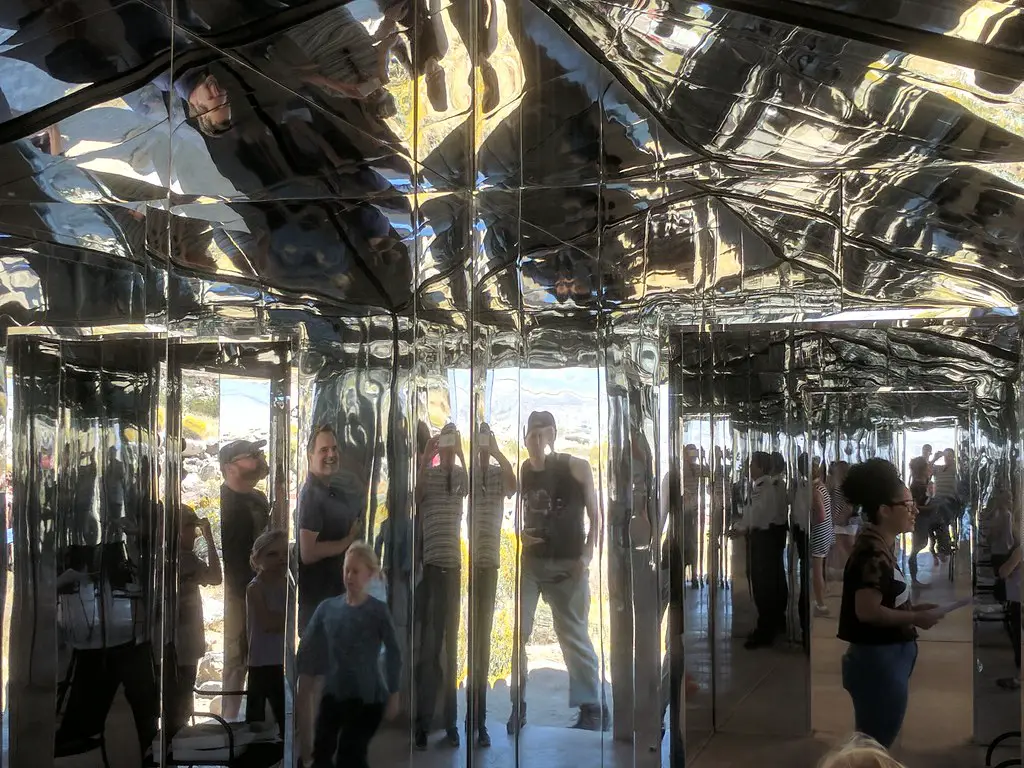
Mirror mazes are still popular, but in their earliest forms, they often used real glass. Children and adults would stumble around, hands outstretched, only to smack into sharp edges or fragile panels. More than a few ended up with bloody noses or cuts from walking into glass at full speed.
Modern versions use acrylic or plastic to avoid injuries, but the original versions were much less forgiving. If safety inspectors saw kids ricocheting off glass walls, they’d shut it down immediately. What was once seen as harmless fun would now be a lawsuit waiting to happen.
9. The Tilt-A-Whirl Without Restraints

The Tilt-A-Whirl is still around, but early models were far less secure than the ones you see today. Riders would sit in the open cars that spun wildly as the ride whipped around its track. The only thing keeping you in was a metal bar you had to hold onto, and if you let go, you risked being thrown around the seat—or out of it entirely.
Today, strict restraint systems are in place, but in its early days, the Tilt-A-Whirl was more chaos than control. Parents probably loved it because it left kids dizzy and worn out, but safety officers today would be horrified. No seat belts, no padding, and no real regulation meant danger was part of the package.
10. Sideshows with Wild Animals

Back in the day, fairs would often set up sideshows where lions, bears, or elephants were paraded around in cages or made to perform tricks. Sometimes trainers even encouraged guests to interact with the animals, snapping photos or feeding them. At the time, it felt like exotic entertainment, but looking back, it was a recipe for disaster.
The risks to both humans and animals were enormous. Poorly built cages, undertrained staff, and stressed creatures created situations that could turn dangerous in seconds. Today, animal welfare laws and public pressure would put an end to it instantly. What once drew gasps of wonder would now be condemned as cruelty and negligence.
11. The High-Flying Trapeze Without Nets

The trapeze act has long been a circus staple, but many fairs featured amateur versions without the protective safety nets we expect today. Performers would swing high above the crowd, sometimes attempting flips and catches with nothing but dirt below them. One slip meant serious injury or worse.
At the time, the risk was part of the draw—spectators loved the tension of wondering whether someone might fall. But modern safety regulations would never allow it. Harnesses, nets, and backup systems are required now, and without them, this attraction would be shut down before anyone climbed the ladder.
12. The Gravitron with Zero Ventilation
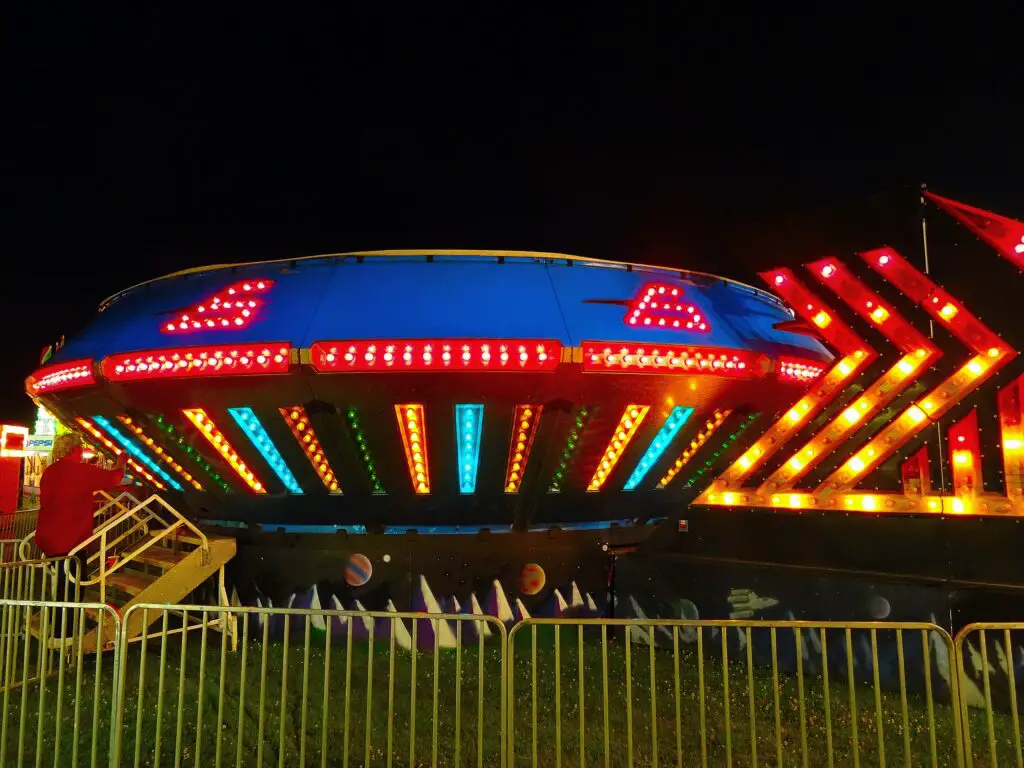
The Gravitron, the ride that spun you so hard you stuck to the wall, still exists in updated forms. But early versions were notorious for poor ventilation and questionable safety. Once the doors closed, dozens of people were trapped in a spinning capsule, often with minimal airflow. Add in heat and body odor, and it was a recipe for nausea before the ride even ended.
In the past, people brushed it off as part of the experience, but today, inspectors would call it unsafe confinement. Between the risk of overheating, fainting, and sheer sanitation issues, the older models wouldn’t make it past inspection. It’s no wonder modern versions look a lot sleeker, with better airflow and emergency exits.
